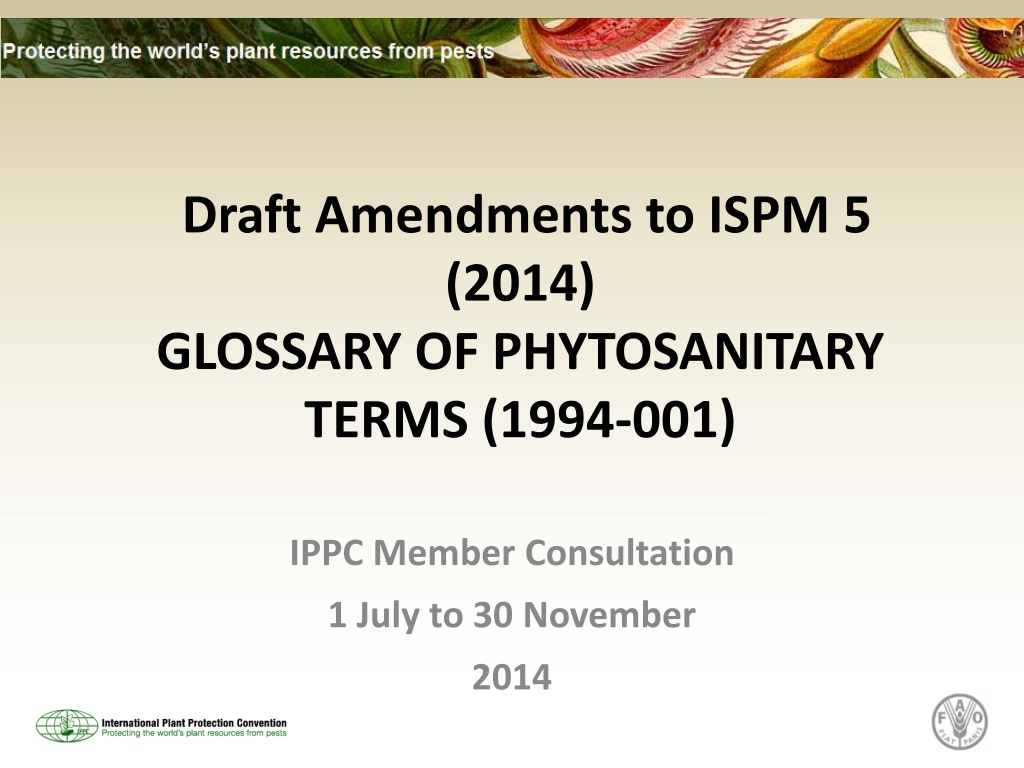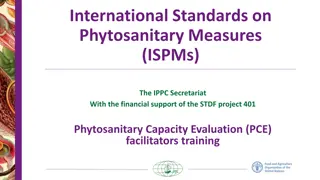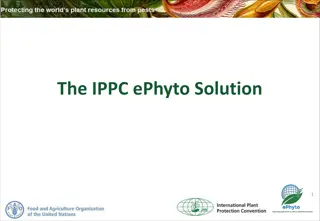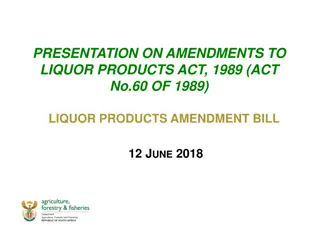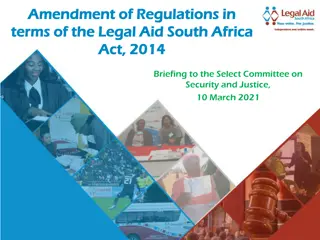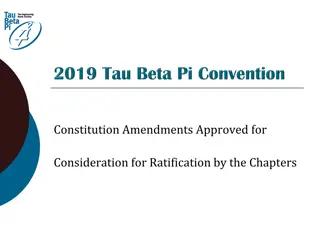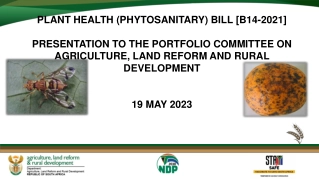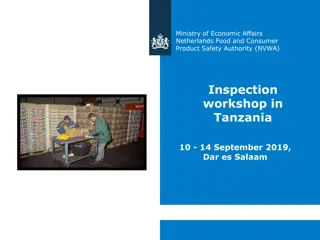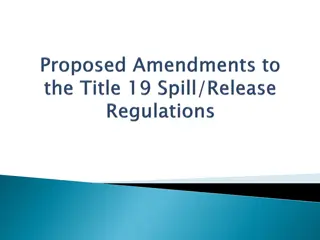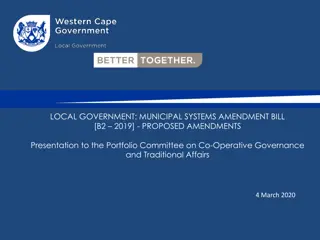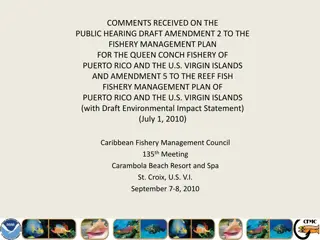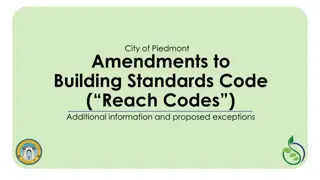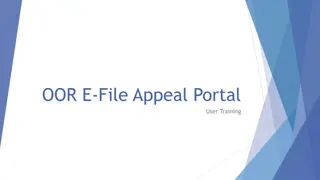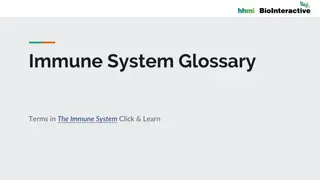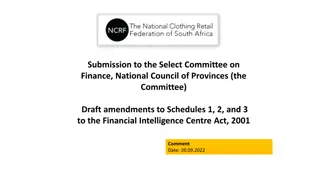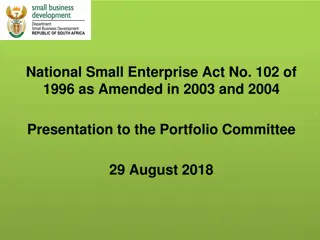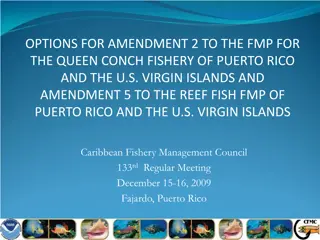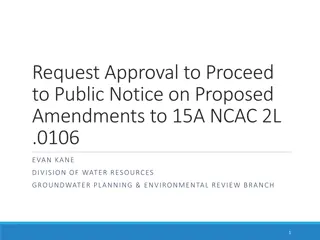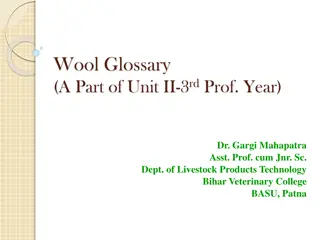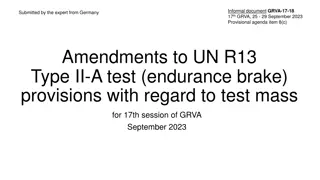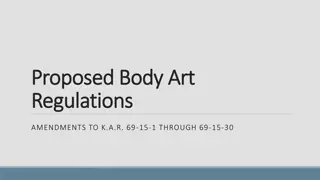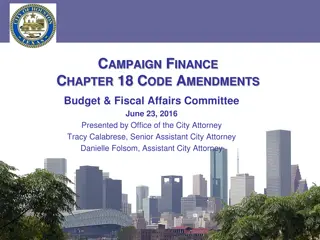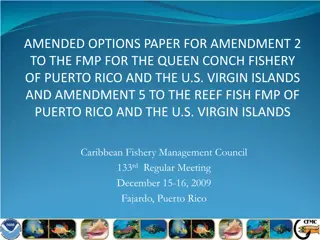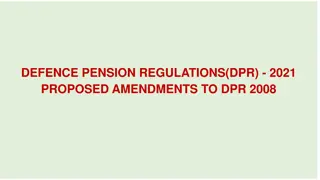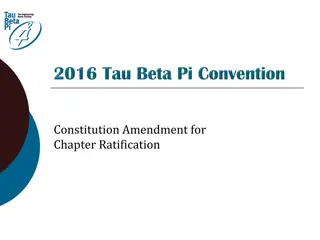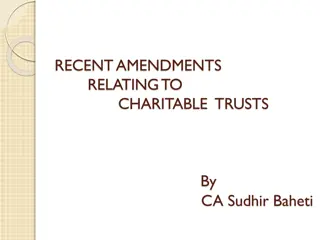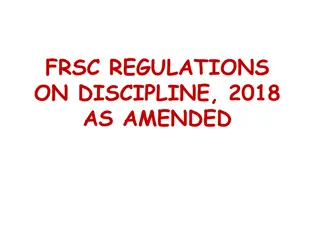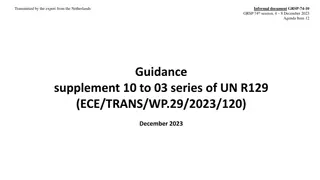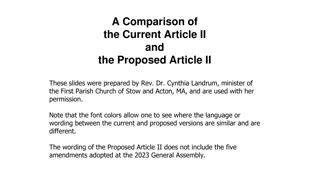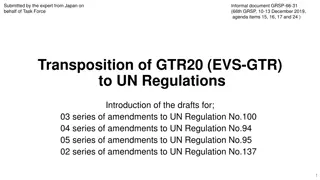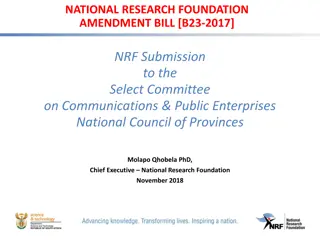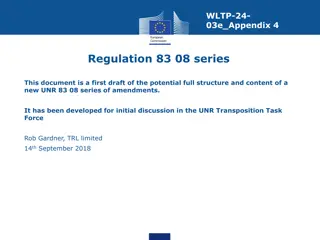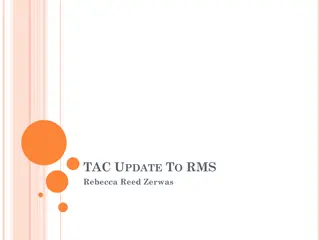Proposed Amendments to ISPM 5 (2014) Glossary of Phytosanitary Terms
The draft amendments to ISPM 5 (2014) Glossary propose additions and revisions to terminology related to phytosanitary measures. Changes include defining bark as a commodity, adding a declaration for regulated articles, and distinguishing between grain and seeds as commodity classes. The updates aim to improve clarity and consistency in international phytosanitary standards.
Uploaded on Sep 13, 2024 | 0 Views
Download Presentation

Please find below an Image/Link to download the presentation.
The content on the website is provided AS IS for your information and personal use only. It may not be sold, licensed, or shared on other websites without obtaining consent from the author. Download presentation by click this link. If you encounter any issues during the download, it is possible that the publisher has removed the file from their server.
E N D
Presentation Transcript
Draft Amendments to ISPM 5 (2014) GLOSSARY OF PHYTOSANITARY TERMS (1994-001) IPPC Member Consultation 1 July to 30 November 2014
List of amendments Additions - bark (as a commodity) Revisions additional declaration grain (as a commodity class) seeds (as a commodity class) mark visual examination wood (as a commodity class)
Background The Glossary is constantly being updated. This can involve additions, revisions or deletions. Because of this make sure you only use the latest version of the Glossary! This year there is one addition and six revisions proposed.
bark (as a commodity) : Bark separated from wood It was considered that it would be helpful to have a definition of bark as a commodity. It is dealt with as a commodity in the present draft International movement of wood. The reference to commodity or commodity class is now associated with the term not the definition.
Revisions additional declaration: A statement that is required by an importing country to be entered on a phytosanitary certificate and which provides additional information on a consignment in relation to regulated pests or regulated articles This now covers common practice - with regulated articles being added. This allows reference to soil and other items such as growing media or packaging.
Grain and seeds grain (as a commodity class) : A commodity class for seeds Seeds (in the botanical sense) intended for processing or consumption, but and not for planting (see seeds) seeds (as a commodity class): A commodity class for seeds Seeds (in the botanical sense) for planting or intended for planting, but and not for processing or consumption or processing (see grain) The definition of grain was kept general because of the differences in understanding of the term in different languages.
mark and visual examination mark: An official stamp or brand, internationally recognized, applied to a regulated article to attest its phytosanitary status that certain phytosanitary procedures have been applied. The term phytosanitary status is now avoided as it seems to have a range of meanings. visual examination: The physical examination of plants, plant products, or other regulated articles using the unaided eye, lens, stereoscope or microscope, to detect pests or contaminants , without testing or processing The reference to the purpose of visual examination is removed.
wood (as a commodity class) wood (as a commodity class): Commodities such as round wood, sawn wood, wood chips or dunnage and wood waste, with or without bark, excluding wood packaging material and processed wood material. Definitions concerning wood material or categories of commodities have been extremely difficult to construct because of the lack of international agreement on such terms.
